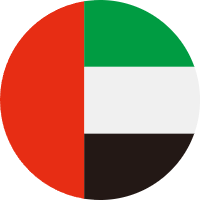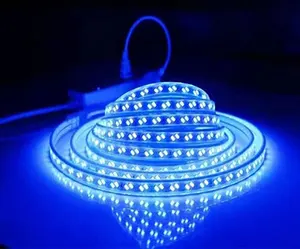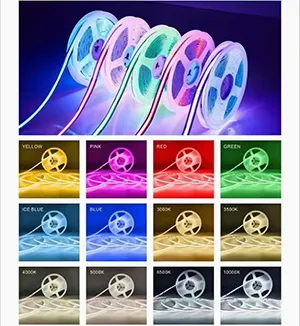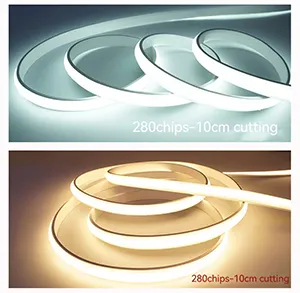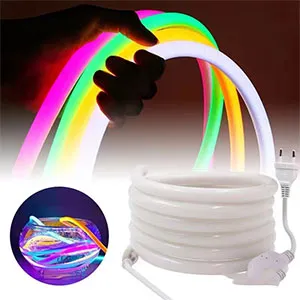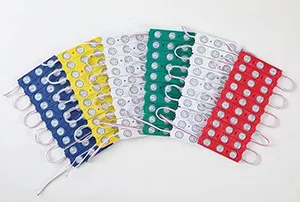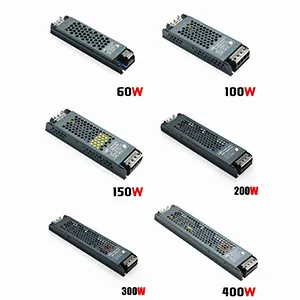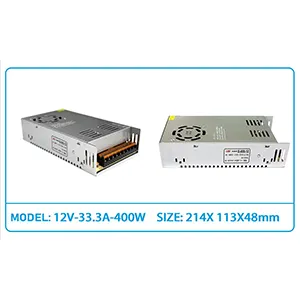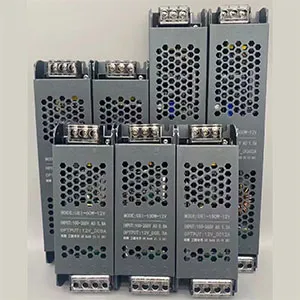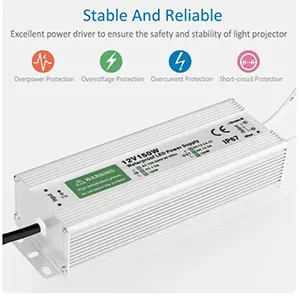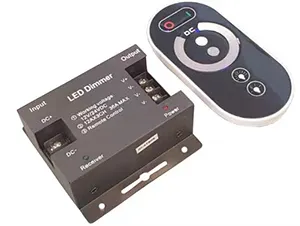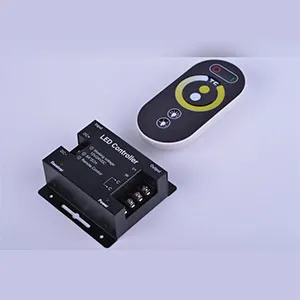Cutting, connecting and installing LED strips
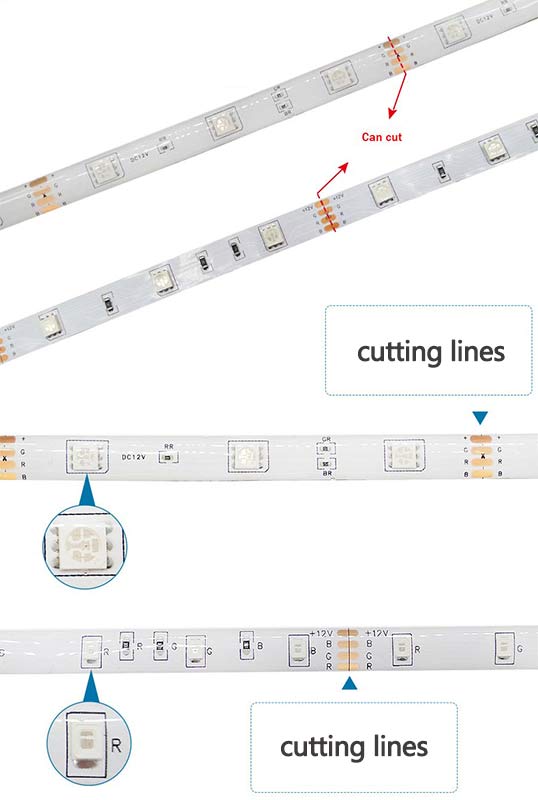
LED strips are a great addition to any interior space and can be used to create the perfect lighting for almost any event or location. LED strips come in a range of sizes and specifications, meaning that they can fit your venue perfectly and can be tailored to your needs.
LED lighting is an affordable, safe alternative to traditional bulb lighting that is easy to use and can be installed by almost anyone. LED strips are growing in popularity and are used for a variety of different purposes, from warehouses and showrooms, to wedding venues and photography studios.
This article will tell you exactly how to cut, connect and install LED strips so that you can start using LED strips today. Click on one of the links below to jump to that section:
Cutting LED strips
Connecting LED strips
Installing LED strips
Frequently asked questions
Cutting LED strips
LED strips can be cut so that they fit perfectly for whatever use you have in mind. Cutting the strips is fairly easy, but it is important that you know how to go about doing this. Cutting your strips incorrectly could damage the LED strip or cause injury.
Where can you cut LED strips?
You cannot cut just anywhere on your LED strip. Instead, you must follow the guides located on the strips that will tell you where you can cut them. The LED strips should have copper dots or ovals, typically located every three LEDs. These markers indicate cut points where you can make a cut in the strip. Make sure that you only cut on these markers and use a sharp cutting tool such as a pair of wire cutters or utility knife, to achieve a clean finish and prevent any damage to the internal wires.
You should also make sure the strip is disconnected from the power source and laid flat on an even surface before cutting.
How to close the exposed circuit
Once you have cut your LED strip to the desired length, you will be left with two ends; one end will be connected to the power supply and the other is exposed. It is important that you properly close off the exposed end of the strip to make the LED lights safe to use.
To close off the exposed circuit, you will need some good quality electrical tape. Tape is the easiest way to fit an exposed circuit, as you can simply wrap the tape over the end of the wire to prevent the electrical current from from short circuiting or causing injury to anyone. You should wrap the tape around each exposed end several times to ensure that the circuit is properly closed off.
Connecting LED strips
To use your LED lighting, you will need to connect your strips to a power supply. You may also need to connect two LED strips together to create a longer strip. This can be done fairly easily and is a great way to use pieces of a strip that have been previously cut off.
How do you connect two LED strips together?
Two LED strips can be connected together by using strip connectors. There are two types of connectors; clip-on and fold over. The connector that you choose to use will depend on the type of strip lights that you are connecting.
After choosing the correct connector, you should slowly slide the end of your LED strip into the connector; do this carefully to avoid any damage to the lights. Connectors can be used to join two strips together, to expand the length of LED strips or to bypass any obstacles (such as heating pipes) that may get in the way of the LED strip.
LED strips can also be connected with a soldering iron. This process involves heat which is used to melt copper wires into each other so that they are attached. After soldering the wires together, you should always cover up the exposed wire with tape so that it is safe to use.
How many LED strips can you connect together?
The number of LED strips that you can connect together will ultimately depend on the specifications of the strips that you are using. You will need to make sure that the strips you are connecting have the same specifications and that your power supply can handle being connected to multiple strips. Many strips from WeLoveLEDs can be powered in one continuous length up to five metres with power from just one end.
How to connect LED strip lights to one power supply
For ease of use, LED strips can be connected to one power supply. This will require some simple wiring and you will need to purchase a connector wire with a clip that can hold the LED strip.
To connect your LED strip to a power supply, you need to first insert the strip into the clip on the connector wire. Match the '+' sign on the tape with the red wire and the '-' sign with the black wire and then firmly press to close the clasp. You may have to remove some adhesive backing on the strip to do this step. The connector wire can then be plugged into your power supply. For optimal power, you could consider purchasing an LED transformer; this is a power adapter with a higher output wattage that can effectively power larger lighting systems.
Installing LED strips
LED strips have an adhesive backing, which makes for easy installation. The adhesive on LED strips is tacky and strong so can grip most surfaces; just press firmly and ensure that the entire strip is in contact with the surface that you are attaching it to. If you are planning to install your strips around a corner, you may need to use connectors to make this easier.
Before installing your LED lighting, you will need to consider your power supply, the contours of the wall or surface and the proximity to the power supply. Understanding this before installing the lights will help you to tackle any problems before the LEDs are attached to the wall. It is also worth considering whether you will need to adjust the brightness of your lights. If so, you may need to invest in an LED dimmer
Frequently asked questions
Why might your LED light strip not work after you cut it?
If your LED strip does not work after cutting it, you probably have a short circuit in your RGB strip light. This problem usually occurs if you cut the strip in an area that has not been marked as a cut point. Make sure to only cut on the copper markers.
How do you choose the right LED power supply?
The power supply that you choose will depend on the wattage required to power your LED lights. A larger light system may need an LED transformer, which is a high wattage power supply that can power large, long light systems. You should also match the voltage of your strip to the power supply; so a 24v LED strip should only be connected to a 24v power source.
What is an RGB controller?
An RGB controller is a device that is used to control RGB LED strip lighting. Controllers allow you to be in full control of the lighting and offer personalised features such as colour changing options, dimmers and various lighting effects.
Contact us today for more details of all our high-quality LED Neon Flex lighting products and accessories.


